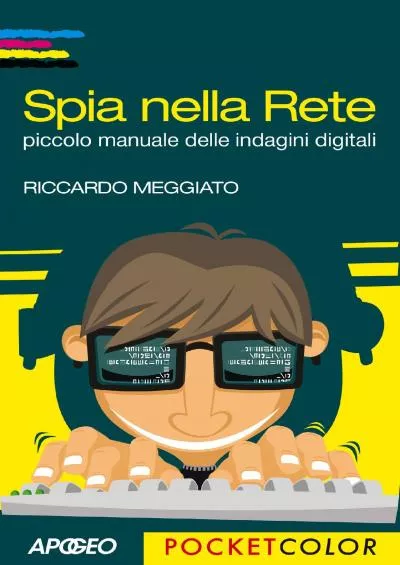PDF-Rivista di Criminologia Vittimologia e Sicurezza Vol
Author : kittie-lecroy | Published Date : 2015-05-21
V N 3 SettembreDicembre 2011 113 On PostModern Consumerist Societies Crime and Vio lence Stefano Bonino Riassunto Lobiettivo dellarticolo quello di analizzare le
Presentation Embed Code
Download Presentation
Download Presentation The PPT/PDF document "Rivista di Criminologia Vittimologia e S..." is the property of its rightful owner. Permission is granted to download and print the materials on this website for personal, non-commercial use only, and to display it on your personal computer provided you do not modify the materials and that you retain all copyright notices contained in the materials. By downloading content from our website, you accept the terms of this agreement.
Rivista di Criminologia Vittimologia e Sicurezza Vol: Transcript
Download Rules Of Document
"Rivista di Criminologia Vittimologia e Sicurezza Vol"The content belongs to its owner. You may download and print it for personal use, without modification, and keep all copyright notices. By downloading, you agree to these terms.
Related Documents

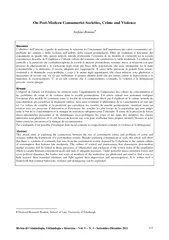
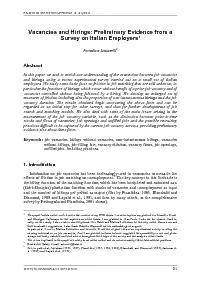
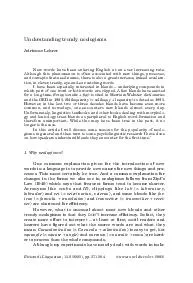
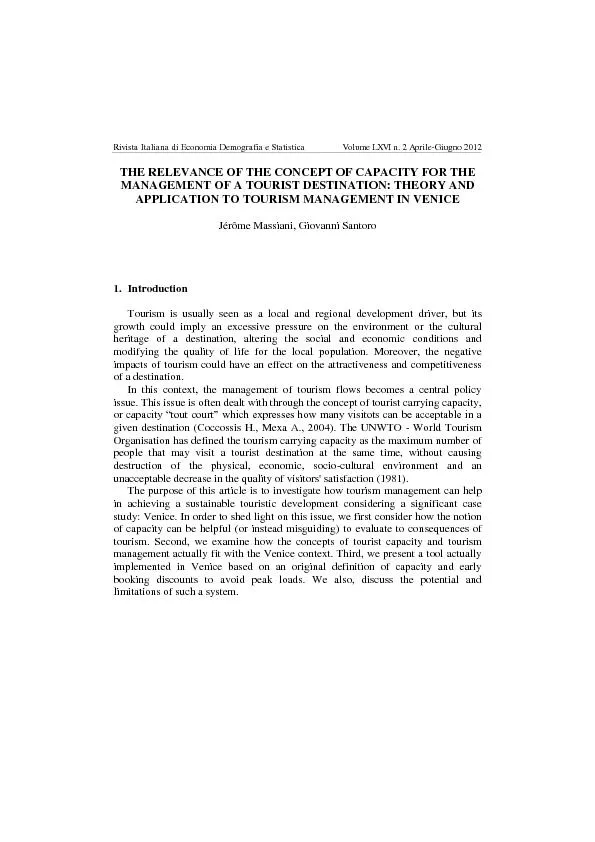
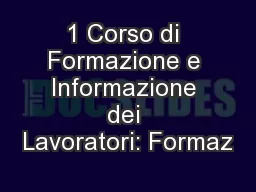
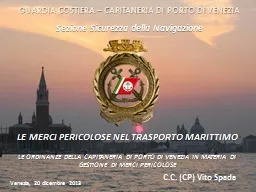


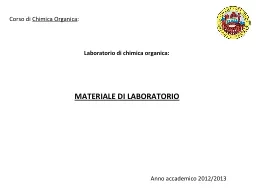

![[FREE]-Sicurezza informatica pratica: Come difendersi dalle minacce informatiche nella](https://thumbs.docslides.com/986587/free-sicurezza-informatica-pratica-come-difendersi-dalle-minacce-informatiche-nella-vita-di-tutti-i-giorni-informatica-semplice-per-tutti-vol-2-italian-edition.jpg)
![[FREE]-SICUREZZA INFORMATICA: 100 DOMANDE E RISPOSTE PER IL COLLOQUIO DI LAVORO (Italian](https://thumbs.docslides.com/986628/free-sicurezza-informatica-100-domande-e-risposte-per-il-colloquio-di-lavoro-italian-edition.jpg)
